
Innovation machines: can AI boost human creativity?
If you think that machines cannot produce art, think again. There is now ample evidence that artificial intelligence can expand human creativity and produce stunning artwork.
Take the example of “Machine Hallucinations: Unsupervised” by the Turkish-American media artist Refik Anadol, exhibited at the Museum of Modern Art (MoMA) in 2022. After training the model on the museum’s wide-ranging collection, the artist ceded some creative control to AI, allowing it to “hallucinate” and generate its own “dreams” and interpretations. The exhibition was so successful that it was extended four times, and eventually, MoMA acquired the seven-by-seven-metre “data sculpture” for its permanent collection.
Soon after, an AI-generated “photograph” fooled judges and was awarded the Sony World Photography Award. In 2024, a prize-winning Japanese author admitted part of her book was generated by ChatGPT. While AI-generated artworks and creative writing may divide opinion at times, when it comes to evaluating artistic quality, research shows that they are often considered at least as good or even better than the average human creation.
From threat to opportunity
The AI era comes with extraordinary creative opportunities, but also widespread fears. Some believe AI will exhaust our scope for creativity. In 2023, AI ethics researcher Timnit Gebru and colleagues wrote that with AI, “nothing new is truly created, a stale perpetuation of the past”. Last year, researchers at UCL pointed to a risk that, despite the possibility for individual gains, “collectively a narrower scope of novel content is produced”. Then, there is the potential economic impact: AI is already disrupting existing jobs and labour models in the creative industries, enabling the production of quality work in a fraction of the time and cost required previously.
Many artists fear that if they share their work online and on social media, it will be used to train AI systems. To avoid plagiarism and breach of copyright, it may be tempting for artists to withdraw from the online sphere. Withdrawal may also prevent reputational damage – for example, if AI tools are used to create offensive images imitating the style of the artist. But having less visibility reduces artists’ ability to find new clients and opportunities, leading to more economic loss. As an alternative, artists can check if their work has been used to train AI without their consent with tools such as “Have I been trained?”. They can then opt out of future AI training by adding images or domains to the Do Not Train Registry.
Do these threats of copyright infringement and economic loss exist? Yes, undoubtedly. Should we get rid of AI and go back to a world of human-only artworks and creative writing? No. It is simply not possible to turn the clock back on these developments. Moreover, we believe this is undesirable because it would prevent artists from harnessing AI to enhance their creativity.
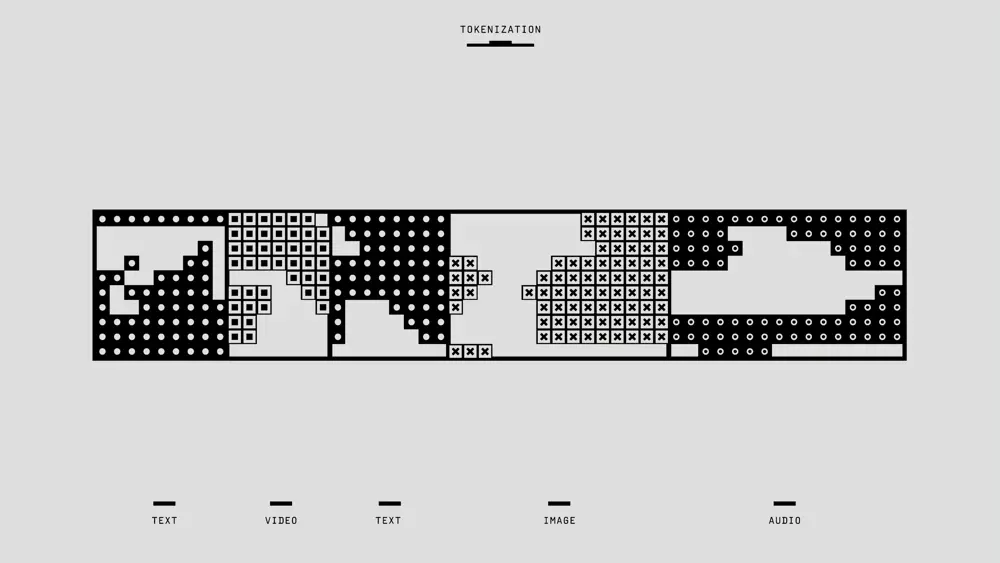
Artists interpret the world and create their work through a vast array of influences – not always conscious. AI’s inputs are even wider in scope © Unsplash / Bakken & Baeck, Google DeepMind’s Visualising AI
Crossing the art/science divide
First, no human artist could ever gather a range of sources comparable to the huge datasets on which AI systems are based. Artists and writers do not reinvent the wheel each time they produce a new artwork, book or poem. They are influenced (and not always consciously) by their cultural environment and by other artists, past and present. It is these influences that lead to “original and unusual ideas” – which is at the core of the definition of “creativity”.
In his book Range: How Generalists Triumph in a Specialised World, David Epstein argues that the world’s most successful artists, musicians and scientists have developed broad interests and skills. Their vast knowledge base is key to understanding the way they produce new and imaginative work. The same applies to AI systems: although they cannot feel or use personal experience, they have access to a mass of information much broader than any human could possibly gather. Drawing on the full scale of their training data, they can generate good-quality creative outputs.
Although AI systems cannot feel or use personal experience, they have access to a mass of information much broader than any human could possibly gather.
Second, AI can be used to overcome technical obstacles. For instance, the French-Senegalese photographer Delphine Diallo has used AI as a creative partner for her visual project Kush, which transposes an ancient Egyptian civilisation into a utopian future. “I understood that AI would allow me to do what was impossible with photography,” Diallo told French language magazine Azerty in 2024. “Thanks to it, I can create universes never seen by anyone else, without cost limits.” She goes on to explain that at first, the technology did not generate satisfactory images of African faces. To move beyond biases and clichés, she prompted the AI to draw on a more diverse range of ethnic groups from different parts of Africa. Diallo’s artistic work exemplifies the use of machine learning to push human creativity towards new horizons.
Since AI makes it much easier to produce technically advanced artistic work, professional artists will also need to distinguish themselves from amateurs. For a performance on speculative bubbles, for example, the British artist Anna Ridler put together her own database of tulip photos and created an installation that could generate new tulip shapes, linked to the price of bitcoin. Such distant connections highlight the possibilities for collaborations across the art/science divide.
Human, machine, co-creation
Musicians are also creating AI-generated or augmented audio compositions. The Icelandic musician and artist Björk created Kórsafn, an adaptive sound installation for a New York hotel. It processes real-time environmental data, such as weather and bird movements, to generate a continuously evolving musical composition, blending her choral arrangements with the ambience of the city.
AI models can also produce unconventional rhythms and patterns. Berlin-based artist Holly Herndon designed Spawn, a collaborative AI trained on her voice, to produce entirely new vocal compositions. Going forward, we might see creative outputs labelled as “human only,” “machine only,” or “co-created”. This would create accountability for artists, and transparency for potential customers.
While current AI systems are expanding the frontiers of creativity, we do not believe they will entirely replace humans. When researchers tried to train an AI system to generate Beethoven’s unfinished tenth symphony, the result was disappointing at the artistic level, lacking the depth of feeling and originality of the musician’s finished works.
Nevertheless, today’s artists who use AI to enhance their work have much to gain. Some serious risks need to be negotiated, but human–AI co-creativity has the power to unlock extraordinary new and original work at the crossroads between art and technology.
Contributors
Nick Jennings FREng is the Vice-Chancellor and President of Loughborough University and the Vice-President for Fellowship engagement at the Royal Academy of Engineering. His research is in the broad area of artificial intelligence and has been used to help save lives in the aftermath of disasters, to help monitor the impact of climate change and to win Olympic medals in sailing. He is particularly focused on using AI for real-world applications and in the study of human-AI partnership.
Lise Jaillant is Professor of Digital Cultural Heritage at Loughborough University. She has extensive experience of collaborating with computer scientists, archivists, and government professionals to unlock digital archival data with innovative technologies. Since 2020, she has led several externally-funded projects on archives and artificial intelligence, which aim to make digitised and born-digital archives more accessible to researchers and other users.
Keep up-to-date with Ingenia for free
SubscribeRelated content
Technology & robotics

When will cars drive themselves?
There are many claims made about the progress of autonomous vehicles and their imminent arrival on UK roads. What progress has been made and how have measures that have already been implemented increased automation?

Autonomous systems
The Royal Academy of Engineering hosted an event on Innovation in Autonomous Systems, focusing on the potential of autonomous systems to transform industry and business and the evolving relationship between people and technology.

Hydroacoustics
Useful for scientists, search and rescue operations and military forces, the size, range and orientation of an object underneath the surface of the sea can be determined by active and passive sonar devices. Find out how they are used to generate information about underwater objects.

Instilling robots with lifelong learning
In the basement of an ageing red-brick Oxford college, a team of engineers is changing the shape of robot autonomy. Professor Paul Newman FREng explained to Michael Kenward how he came to lead the Oxford Mobile Robotics Group and why the time is right for a revolution in autonomous technologies.
Other content from Ingenia
Quick read
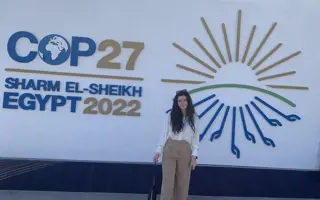
- Environment & sustainability
- Opinion
A young engineer’s perspective on the good, the bad and the ugly of COP27
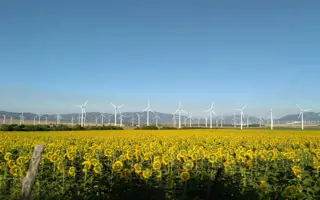
- Environment & sustainability
- Issue 95
How do we pay for net zero technologies?
Quick read
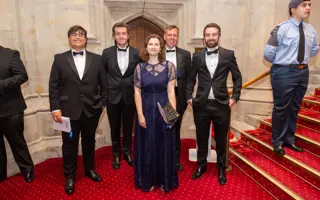
- Transport
- Mechanical
- How I got here
Electrifying trains and STEMAZING outreach
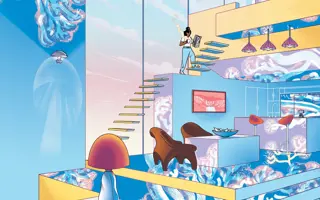
- Civil & structural
- Environment & sustainability
- Issue 95